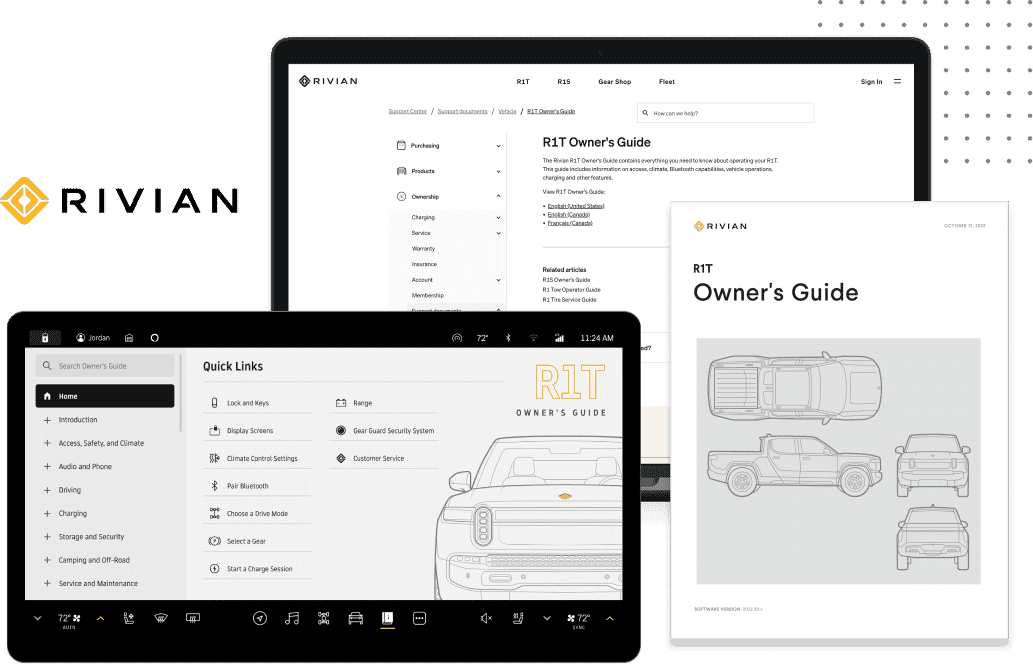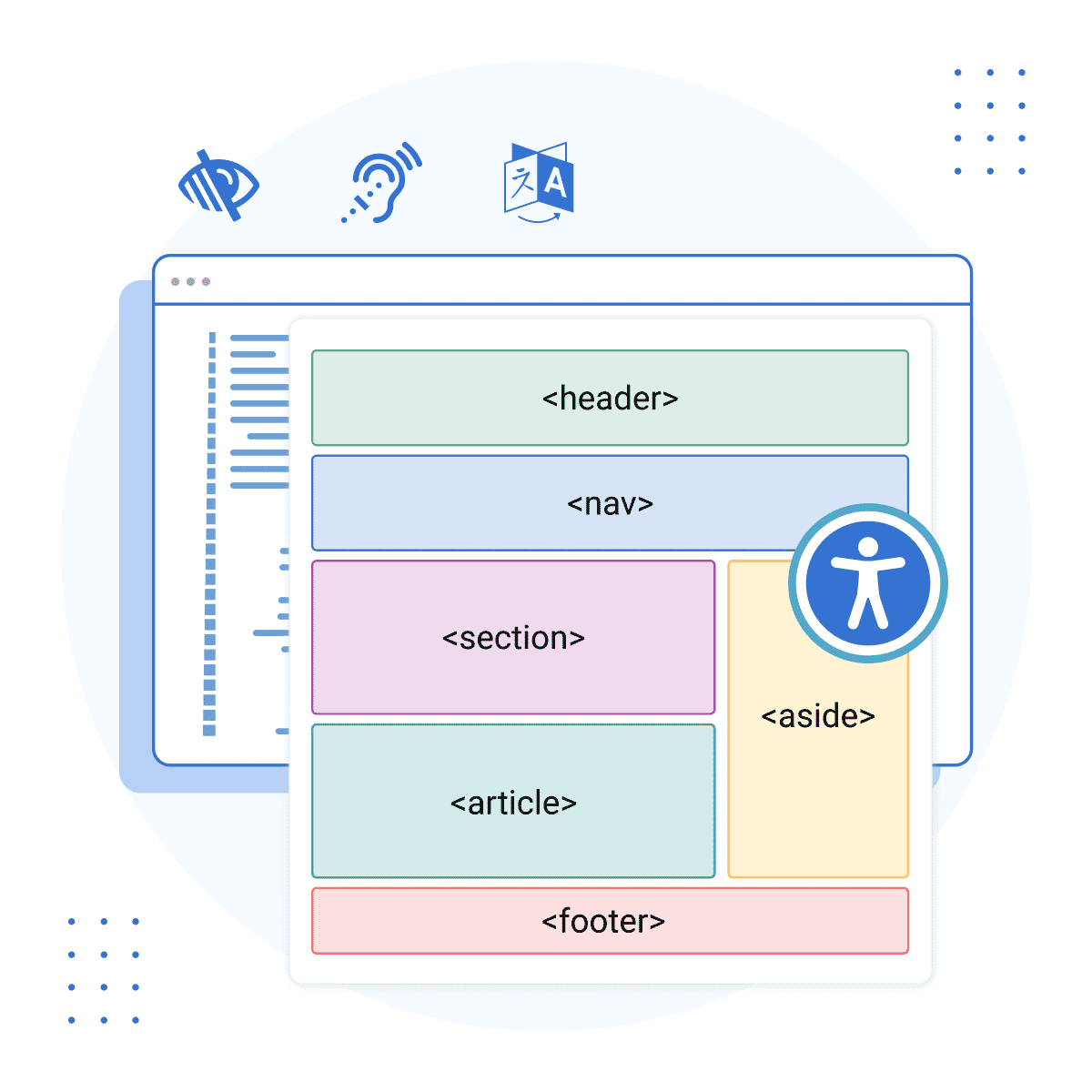Have you ever tried to locate a document or piece of information at work, only to feel like you're wandering through a maze? It's a familiar frustration when crucial information gets stuck in departmental bubbles, making collaboration harder and creating unnecessary stress.
The result? Missed opportunities, duplicated effort, and inefficiencies that affect everyone.
Research reveals that 79% of knowledge workers report poor alignment across teams in their organizations, while 68% say their work quality suffers from limited visibility into cross-functional projects. These disconnects don’t just hinder teamwork—they ripple across the entire organization, affecting productivity and innovation.
The good news is that these barriers can be dismantled. With the right strategies and tools, you can create more seamless workflows and foster stronger collaboration. In this blog, we'll explore why these challenges exist and how to overcome them.
Understanding Content Silos
Content silos can happen due to incompatible software, conflicting processes, and even physical separations among departments. While each team may excel individually, the lack of effective knowledge and resource sharing often results in blind spots.
Definition and Characteristics of Content Silos
Your organization comprises distinct teams, all of which must stay interconnected for operations to run smoothly. Content silos act like fractures in these connections, and over time, they cause departments to function in isolation. Silos disrupt a site's ability to provide a coherent structure, making it difficult for users to navigate pages effectively. This separation disrupts the natural flow of organized information, resulting in duplicated efforts, outdated materials, and missed opportunities that affect overall efficiency.
Imagine a marketing team launching a campaign based on product features without realizing the product development team has already made significant updates. Without a straightforward way to share information, the marketing effort could rely on incorrect or outdated details, costing valuable time and potentially damaging the organization’s credibility.
Common Causes of Content Silos in Organizations
Understanding how silos disrupt operations is only part of the equation. To address them effectively, it’s important to trace their roots. In many cases, content silos emerge from well-intentioned decisions aimed at solving immediate challenges. This is especially common in fast-growing organizations, where teams adopt specialized tools to meet their unique needs. While these tools may be helpful in the short term, they often lack integration, eventually isolating teams.
Legacy systems further complicate this issue. The lack of integration in legacy systems prevents seamless knowledge sharing, negatively impacting visibility across departments. Over time, these divisions don’t just block collaboration—they erode efficiency, stifle innovation, and strain trust between teams. Let’s explore how these challenges manifest in real-world scenarios.

Impact of Content Silos on Organizational Efficiency
Content silos do more than slow down processes—they can significantly undermine productivity, innovation, and trust. Many digital workers relate to this challenge: 47% report struggling to find the information they need to perform their jobs effectively.
Inefficiencies and Redundancies
When information is scattered across various teams or systems, even routine tasks can become complicated. Employees might spend hours hunting for documents or duplicating efforts, unaware that the information they need already exists elsewhere.
Effect on Team Collaboration
The impact extends beyond daily inefficiencies. When departments can't readily access shared resources and insights, coordination begins to break down.
Picture this: a sales team is preparing for a critical presentation. Without access to marketing's current materials, they risk using outdated information. The result? A presentation that misses the mark, potentially losing the deal and leaving clients questioning the company's expertise.
Strategies for Seamless Content Integration
Breaking down content silos isn’t just about addressing one issue; it requires a concerted, organization-wide effort to tackle cultural, operational, and technological barriers. By implementing the right strategies, teams can bridge gaps and create a more connected, efficient workflow.
Cross-Departmental Collaboration
Start by promoting an atmosphere where open dialogue is the norm. Encourage teams to regularly share insights and updates with one another. Building cross-functional teams is key—this isn’t just a one-time effort. Keep the conversations going through workshops, joint projects, or casual meet-ups. These interactions help build trust and understanding, laying the groundwork for successful collaboration.
Unified Content Management Systems
Collaboration is the backbone of breaking down silos, but it’s technology that provides the structure to make it all work seamlessly. Traditional content management systems (CMS) are designed to store and present finished content but often fall short when it comes to handling the complexities of modern organizations. A Component Content Management System (CCMS), like MadCap IXIA CCMS, goes beyond these limitations by managing content at a modular, component level, supporting flexible content architecture that allows your content to evolve with your needs.
With IXIA CCMS, content is broken into smaller, reusable sections—such as product descriptions, training modules, or FAQs—that can be repurposed across different outputs without duplication. This ensures consistency, saves time, and significantly reduces the risk of outdated or conflicting information being shared. Advanced features, including built-in version control, customizable templates, and cloud-based scalability, further empower teams to collaborate efficiently and ensure their workflows adapt to growing organizational needs.
Additionally, tools like MadCap Central, a cloud-based content & project management tool, complement IXIA CCMS by enhancing project and content management with seamless collaboration. Teams can work in real time, assign tasks, and monitor progress, ensuring a unified and transparent workflow. Together, these solutions allow organizations to break down barriers between teams, streamline processes, and align efforts.
For instance, a multinational company making an update to a product specification can rely on IXIA CCMS to synchronize that change across marketing, sales, and support materials automatically. Combined with MadCap Central’s collaboration capabilities, teams remain aligned, delivering accurate, up-to-date information at every touchpoint while building confidence with customers and stakeholders alike.

Six Practical Tips for Content Integration
Creating a unified CMS is a great start toward seamless integration, but truly connecting your organization takes more than just good software. It requires tangible steps that take into account both structure and strategy. By building upon this foundation, you can enhance collaboration across teams. Here are some practical ways to get started:
#1 Audit Existing Content
Begin by taking a close look at the content you already have. Identify any redundancies, outdated materials, and gaps—this gives you a clear understanding of where the silos are and what needs attention.
#2 Develop a Centralized Content Repository
Once you've done your audit, work on consolidating your resources into a centralized repository that acts as the single source of truth for your organization. A user-friendly system with smart search features and organized folders will spare everyone the hassle of searching for information. With this setup, all teams can easily access the same up-to-date materials.
#3 Establish Consistent Content Standards
When it comes to integration, it’s not just about where the content lives; it’s also about how it’s created and utilized. Set clear guidelines for tone, format, and structure to keep a unified brand voice across all teams. Make sure these standards are easily accessible and consistently enforced, which will help minimize discrepancies and enhance overall quality.
#4 Leverage Modular Content Practices
To boost efficiency, consider adopting modular content practices with a policy & procedure manual software. By breaking larger documents into smaller, reusable sections, you make it easy for teams to repurpose content for different needs—such as turning a technical manual into training modules, marketing materials, or customer support FAQs. This strategy not only saves time but also helps maintain consistency across all outputs, making it easier to manage.
#5 Use Scalable Technology
No system stays static forever, so it’s important to invest in tools that can evolve with your organization. Scalable platforms designed for cross-department collaboration, such as IXIA CCMS, simplify updates, version control, and multi-channel publishing, making it easier to adapt as your needs grow.
#6 Encourage Continuous Training
Lastly, remember that even the best systems mean little if the people using them aren’t comfortable or knowledgeable. Hold regular training sessions to ensure everyone is up to speed on new tools and processes. This not only helps with smoother adoption but also leads to long-term success. When your teams feel confident and equipped, integration becomes second nature in your workflow.

Real-Life Example: UNICEF’s Unified Content Management System
Mental Health and Psychosocial Support (MHPSS) programs are a vital part of UNICEF’s mission to support children, adolescents, and caregivers across the Latin America and Caribbean region. To strengthen these efforts, UNICEF LACRO introduced a Unified Content Management System (UCMS) to address challenges in managing, adapting, and distributing MHPSS resources. The system aimed to unify content across platforms like RapidPro and the Internet of Good Things (IoGT), ensuring broader accessibility and consistent delivery.
The UCMS overcame obstacles such as integrating legacy systems, maintaining data accuracy during transfers, and enabling secure collaboration with role-based permissions. Its features included streamlined workflows for content creation, seamless translation capabilities, and dynamic data visualization for regional insights. This centralized solution allowed UNICEF to expand the reach of its MHPSS programs, delivering essential resources to communities more efficiently while supporting their mission to improve lives across the region.
Overcoming Content Silos: Strategies for Improved Collaboration and Integration
Content silos are more than just operational hiccups; they create real barriers that hinder collaboration, stifle innovation, and lead to missed opportunities. Addressing these silos isn’t solely about rolling out new tools; it’s about cultivating a culture of connection and aligning processes so that everyone can work together smoothly.
By focusing on strategies like cross-departmental collaboration, unified content management, and modular content practices, organizations can truly tap into their teams' potential. These efforts not only streamline internal workflows but also help businesses offer consistent, high-quality experiences for both employees and customers.
Starting the journey toward integration means recognizing where barriers exist and taking thoughtful steps to break them down. Whether you're dealing with global content or simply trying to improve daily workflows, tools like a CCMS can be valuable allies in bridging those gaps. With the right approach and a genuine commitment, your organization can foster stronger connections and drive success in our interconnected world.










